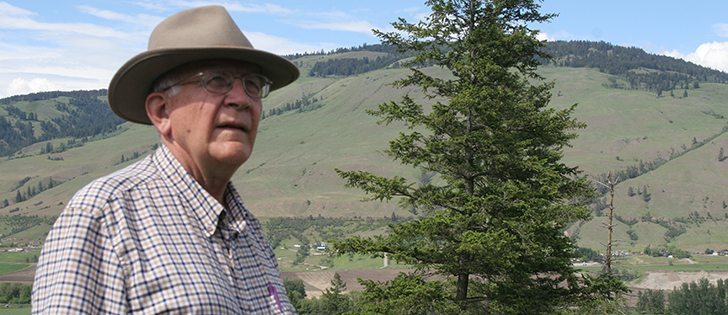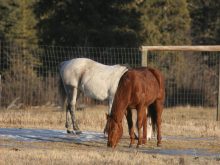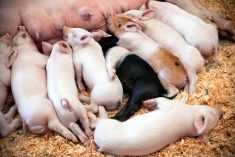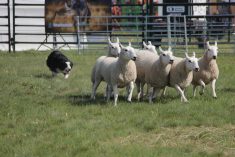Rancher, city, ag ministry work together | Protecting riparian areas, planting trees and building fences improves water quality
VERNON B.C. — The sun soaked hills and valleys of British Columbia’s southern interior have been calling out to settlers for more than 150 years.
The landscape and the mild climate that lured British aristocrats dreaming of ranching are still attractive to present day retirees fleeing a harsh prairie winter.
It is also a landscape of conflict, where mining, forestry, recreation, agriculture and urban sprawl all lay claims on the land.
The limiting factor could be water quantity and quality.
“Water is always the primary concern,” said Ted Osborne, retired manager of the Coldstream Ranch on the outskirts of Vernon in the northern Okanagan Valley.
Read Also
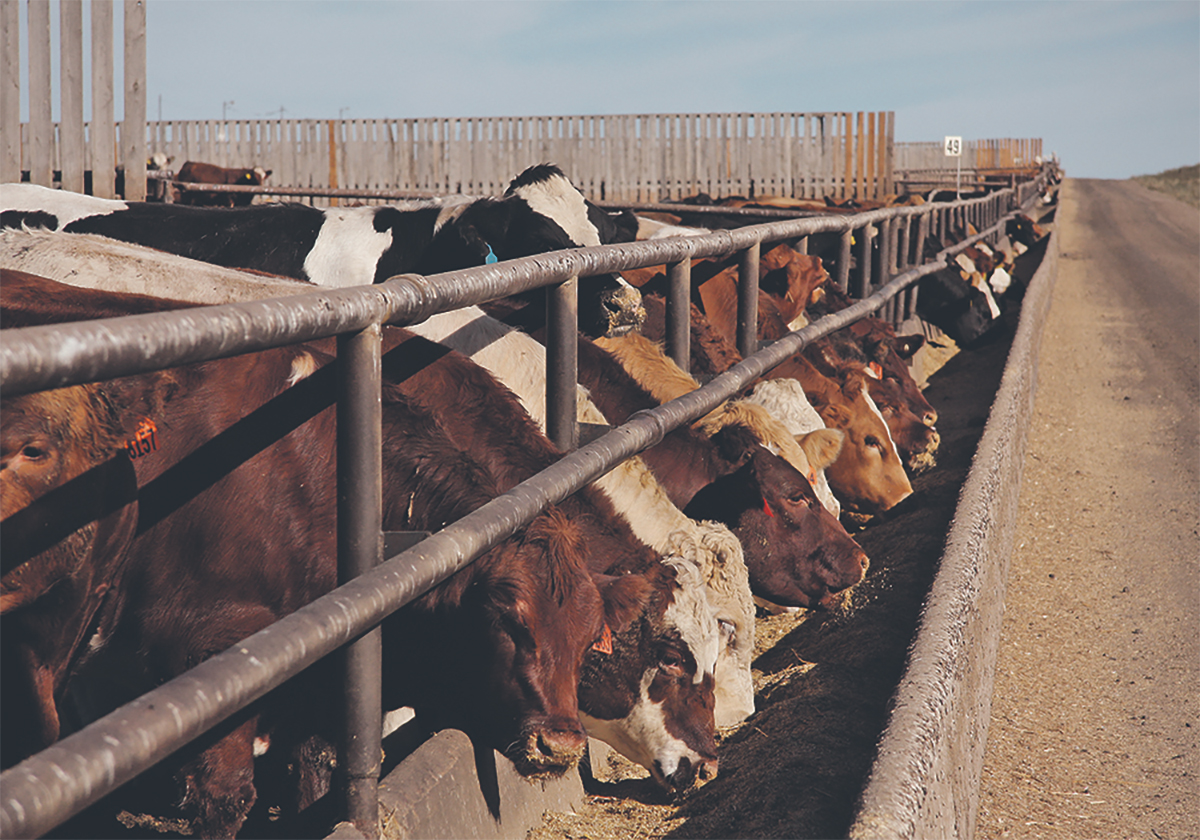
Strong demand supports feeder cattle complex
For the week ending Aug. 9, western Canadian feeder cattle markets traded $5-$10 higher on average. Many weight categories notched fresh record highs.
The 150-year-old ranch is a privately owned operation that includes 8,000 acres of deeded land, 5,000 rented acres and a crown lease of 180,000 acres of range. About 1,400 acres are irrigated.
The water is metered with an allocation of 2,200 cubic metres per acre. The ranch must pay domestic water rates if it withdraws more.
“You need to match your cropping with your water requirements,” Osborne told a tour group sponsored by the B.C. Cattlemen’s Association.
The tour showed how ranchers, foresters and municipalities can work together to protect riparian areas, rebuild forage supplies and sustain the timber industry.
The area receives 400 millimetres of precipitation a year and is home to 59 watersheds.
The water originates in the high mountain ranges that are owned by the crown and leased to ranchers and resource industries. Twelve of the larger watersheds provide drinking water for the Okanagan’s major cities.
Water management is part of the ranch’s history.
A previous owner of the ranch, John Hamilton-Gordon, Lord Aberdeen and Canada’s governor general from 1893-98, built an extensive irrigation and domestic waterworks system that included subdivisions for new settlers.
The ranch eventually became the site of the Okanagan’s first commercial orchard.
The operation wasn’t fenced in the early days and cattle moved freely.
However, the arrival of fences encouraged cattle to congregate around creeks, and water quality was affected.
The ranch is working with the provincial agriculture ministry and the City of Vernon to replant trees and fenced off 95 percent of its riparian areas to keep out livestock.
No public access is allowed on the private land, effectively closing it to mud boggers and all-terrain vehicle users, which Osborne considers a major source of water pollution.
Lisa Zabek of the agriculture ministry said these kinds of projects demonstrate collaboration and show how a few simple steps can preserve water and rebuild the ecosystem.
Cattle were monitored with GPS collars at the beginning of the project to see where they would actually travel for water and shade.
“We wanted to see if we could pull cattle away and into the actual production areas,” she said.
Vernon is also working with the ranch to improve water quality.
Renee Clark of the Greater Vernon Water Authority said Coldstream Creek travels through the ranch and ends up in Kalamalka Lake, which provides drinking water for 38,000 people.
“Our job is to provide safe drinking water and your job is to have good, healthy cattle and forestry is to have healthy forests,” Clark said.
“To do a good job, we all have to work together.”


